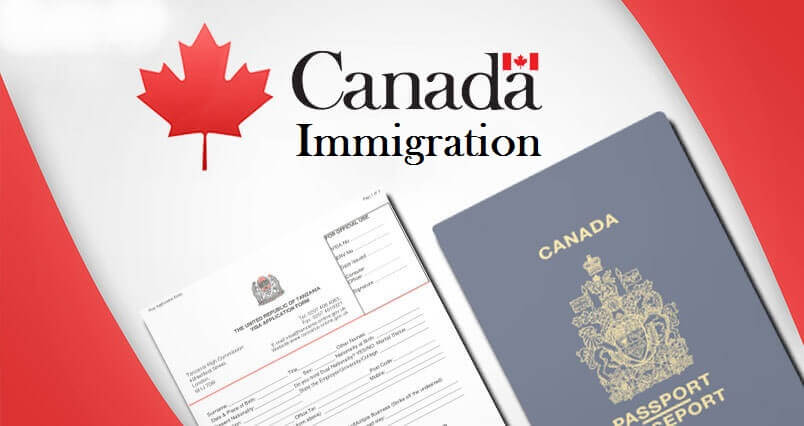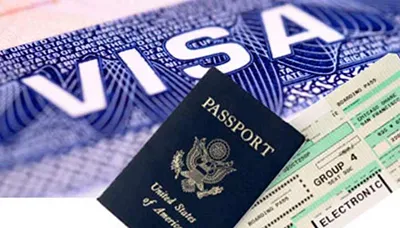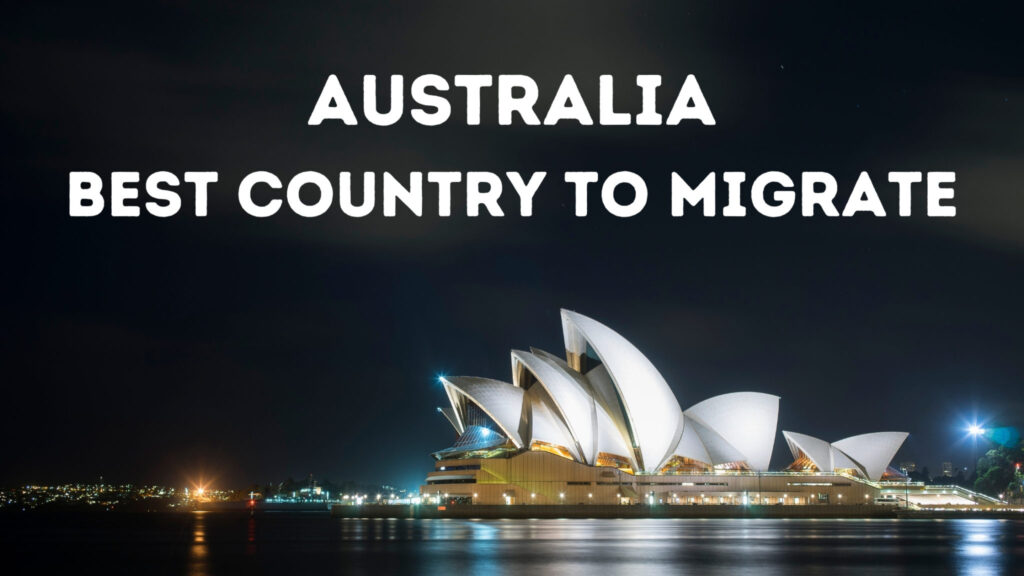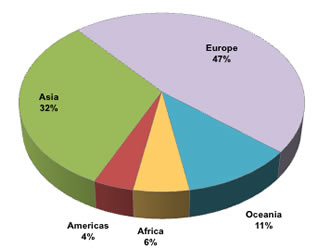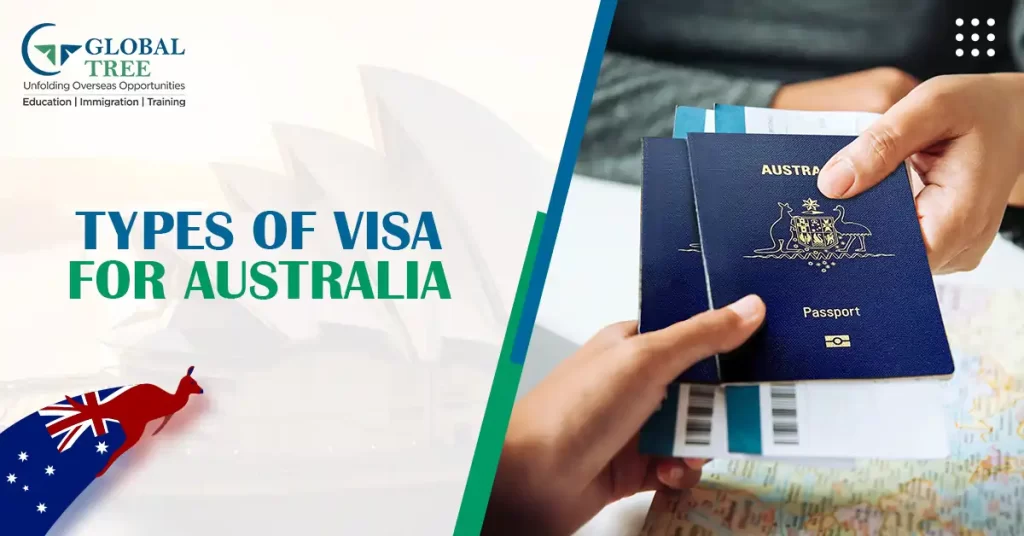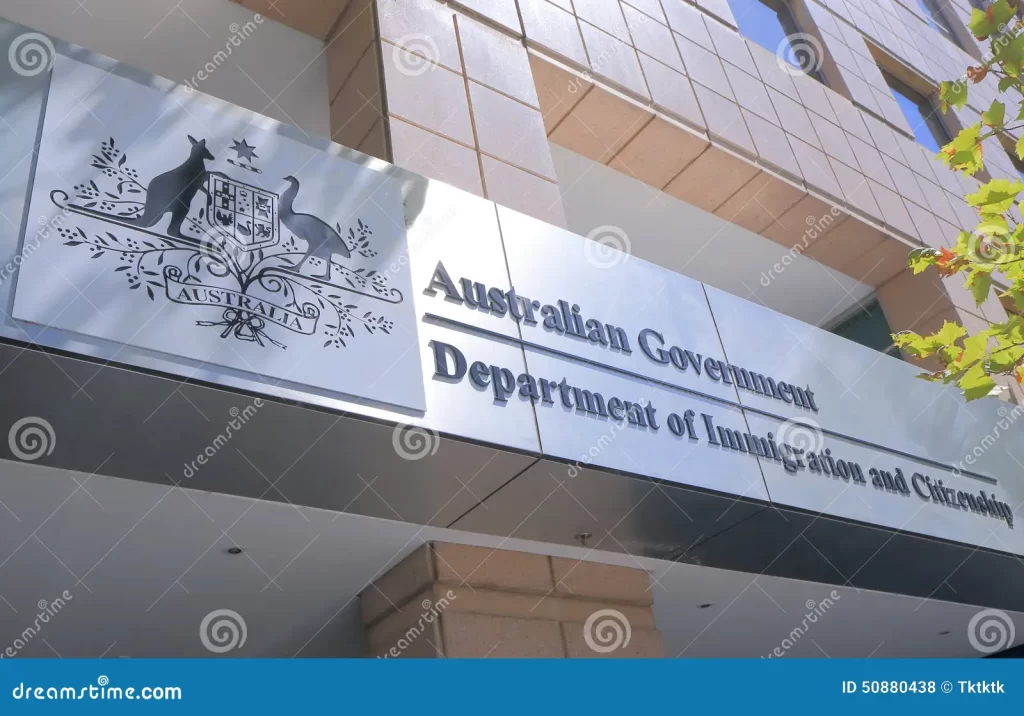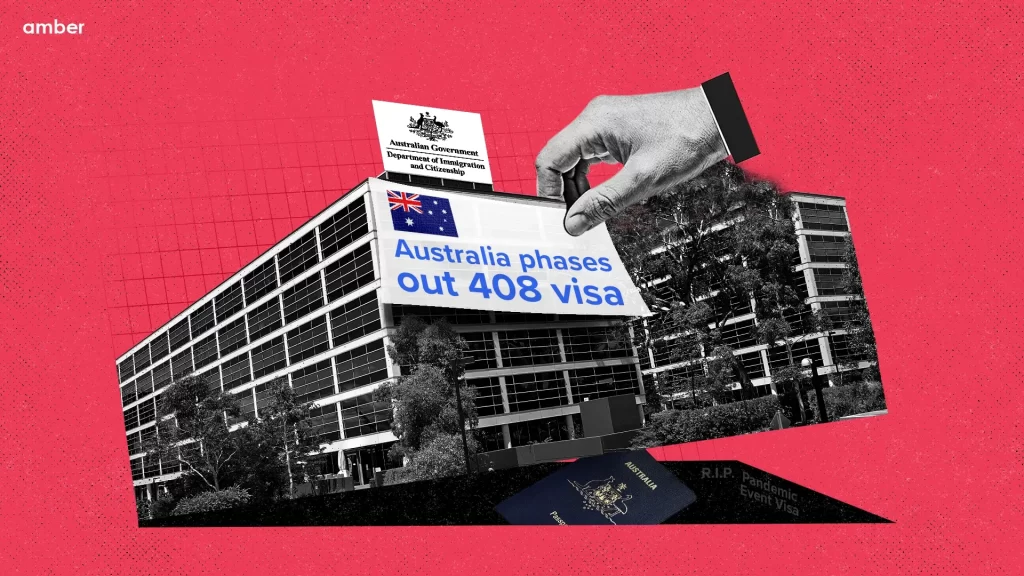What Is The Work Of Immigration Office?
The Role and Responsibilities of Immigration Offices
Immigration offices play a crucial role in managing the entry and stay of foreign nationals in a country. These offices are responsible for processing visa applications, enforcing immigration laws, and ensuring the smooth functioning of the immigration system. This article provides a comprehensive overview of the work of immigration offices, including their key functions, the application process, and frequently asked questions.
Overview of Immigration Offices
Immigration offices are government agencies responsible for managing immigration-related matters. They work closely with other government departments, such as the Ministry of Foreign Affairs and the Ministry of Labor, to ensure that immigration policies and procedures are implemented effectively.The specific responsibilities of immigration offices vary depending on the country, but they generally include:
- Visa processing: Receiving and processing applications for various types of visas, such as tourist, student, work, and family visas.
- Immigration enforcement: Monitoring the activities of foreign nationals in the country and taking action against those who violate immigration laws.
- Citizenship processing: Processing applications for citizenship and naturalization.
- Border control: Working with border security agencies to control the entry and exit of foreign nationals at ports of entry.
- Policy development: Providing input and advice to the government on immigration policies and procedures.
Key Functions of Immigration Offices
- Visa Processing
- Receiving and processing visa applications
- Conducting interviews and background checks
- Issuing visas to eligible applicants
- Denying visas to applicants who do not meet the requirements
- Immigration Enforcement
- Monitoring the activities of foreign nationals in the country
- Investigating cases of immigration violations
- Initiating deportation proceedings against individuals who violate immigration laws
- Collaborating with law enforcement agencies to combat human trafficking and smuggling
- Citizenship Processing
- Receiving and processing applications for citizenship
- Conducting interviews and background checks
- Administering the oath of allegiance to new citizens
- Issuing certificates of naturalization
- Border Control
- Working with border security agencies to control the entry and exit of foreign nationals
- Conducting inspections of travelers’ documents and belongings
- Detaining and questioning individuals who are suspected of violating immigration laws
- Denying entry to individuals who do not meet the requirements for admission
- Policy Development
- Providing input and advice to the government on immigration policies and procedures
- Conducting research and analysis on immigration trends and issues
- Collaborating with other government agencies to develop and implement immigration policies
- Communicating with the public and stakeholders on immigration matters
The Immigration Application Process
The immigration application process varies depending on the type of visa or immigration benefit being sought. However, there are some general steps that are common to most applications:
- Determine Eligibility: Assess your eligibility for the desired immigration benefit based on your personal circumstances and the specific requirements of the visa or immigration program.
- Gather Required Documents: Collect all necessary documents, including proof of identity, educational qualifications, employment history, and financial resources.
- Complete the Application: Fill out the application form and submit it along with the required documents and fees.
- Attend an Interview: Some applications may require an in-person interview with an immigration officer to verify the information provided in the application.
- Wait for Processing: After submitting the application, wait for it to be processed. Processing times can vary depending on the type of application and the country of destination.
- Receive a Decision: You will receive a notification regarding the decision on your application. If approved, you will receive instructions on how to proceed with your immigration.
Financial Requirements for Immigration
When applying for an immigration benefit, it is essential to consider the financial requirements associated with the process. This includes:
- Application Fees: Immigration applications often involve processing fees, which can vary based on the type of application and the country of destination.
- Proof of Funds: Some immigration programs require applicants to demonstrate that they have sufficient funds to support themselves and their family members during their stay in the country.
- Settlement Costs: Applicants should budget for initial settlement costs, including housing, transportation, and other essential expenses.
Table of Application Fees for Different Immigration Benefits
| Immigration Benefit | Application Fee (USD) |
|---|---|
| Tourist Visa | $160 |
| Student Visa | $150 |
| Work Visa | $250 |
| Family Visa | $1,050 |
| Permanent Residency | $1,325 |
| Citizenship | $725 |
Challenges and Considerations
While immigration offices play a crucial role in managing the immigration system, they also face several challenges and considerations, including:
- Balancing Security and Facilitation: Immigration offices must balance the need for security measures to prevent illegal immigration and terrorism with the need to facilitate the entry of legitimate travelers and immigrants.
- Dealing with Complex Cases: Immigration offices often deal with complex cases that involve issues such as asylum claims, family reunification, and humanitarian concerns.
- Adapting to Changing Policies: Immigration offices must adapt to changing immigration policies and procedures, which can be challenging and time-consuming.
- Addressing Public Concerns: Immigration offices must address public concerns and misconceptions about immigration, particularly in the face of rising anti-immigrant sentiment in some countries.
Conclusion
Immigration offices play a critical role in managing the entry and stay of foreign nationals in a country. By processing visa applications, enforcing immigration laws, and collaborating with other government agencies, these offices ensure that the immigration system functions effectively and efficiently. However, immigration offices also face significant challenges, such as balancing security concerns with the need to facilitate legitimate travel and immigration. As the global landscape of immigration continues to evolve, it is essential for immigration offices to adapt and respond to these challenges in a manner that is fair, transparent, and consistent with the rule of law.
FAQ Section
- What is the role of an immigration office?
- Immigration offices are responsible for processing visa applications, enforcing immigration laws, and managing the entry and stay of foreign nationals in a country.
- What types of visas do immigration offices process?
- Immigration offices process a wide range of visas, including tourist, student, work, family, and permanent residency visas.
- How do I apply for a visa?
- To apply for a visa, you must gather the required documents, complete the application form, pay the application fee, and submit the application to the appropriate immigration office.
- How long does it take to process a visa application?
- Processing times can vary depending on the type of visa and the country of destination, but they can range from a few weeks to several months.
- What happens if my visa application is denied?
- If your visa application is denied, you will receive a notification explaining the reasons for the denial. In some cases, you may be able to appeal the decision or reapply with additional information or documentation.
- Can I work or study in the country while on a visitor visa?
- The restrictions on work and study while on a visitor visa vary depending on the country of destination. It is important to review the specific conditions of the visa and obtain any necessary authorizations before engaging in any employment or educational activities.
- Do I need a visa if I am traveling for a short period?
- Many countries have visa waiver programs that allow individuals from certain countries to enter without a visa for a limited period, typically for tourism or business purposes. However, it is important to check the specific requirements for your country of destination and the purpose of your travel.
- How can I check the status of my visa application?
- You can check the status of your visa application by contacting the immigration office that is processing your application or by checking the status online if the immigration office provides that service.
Relevant Links
| Immigration Type | Link |
|---|---|
| Australian Department of Home Affairs | https://www.homeaffairs.gov.au |
 Skip to content
Skip to content



